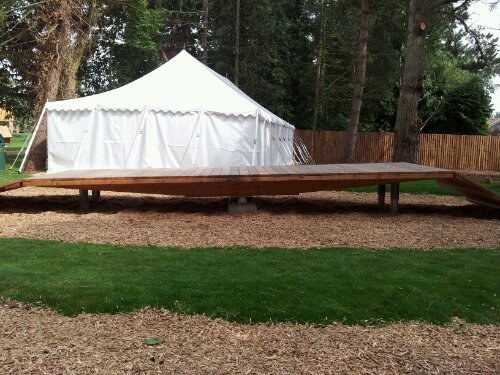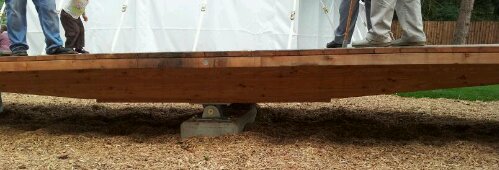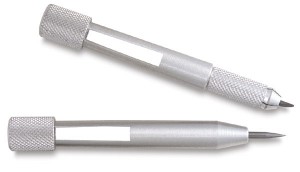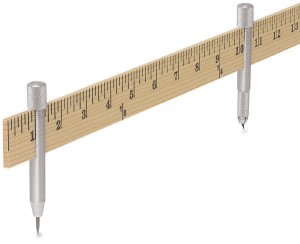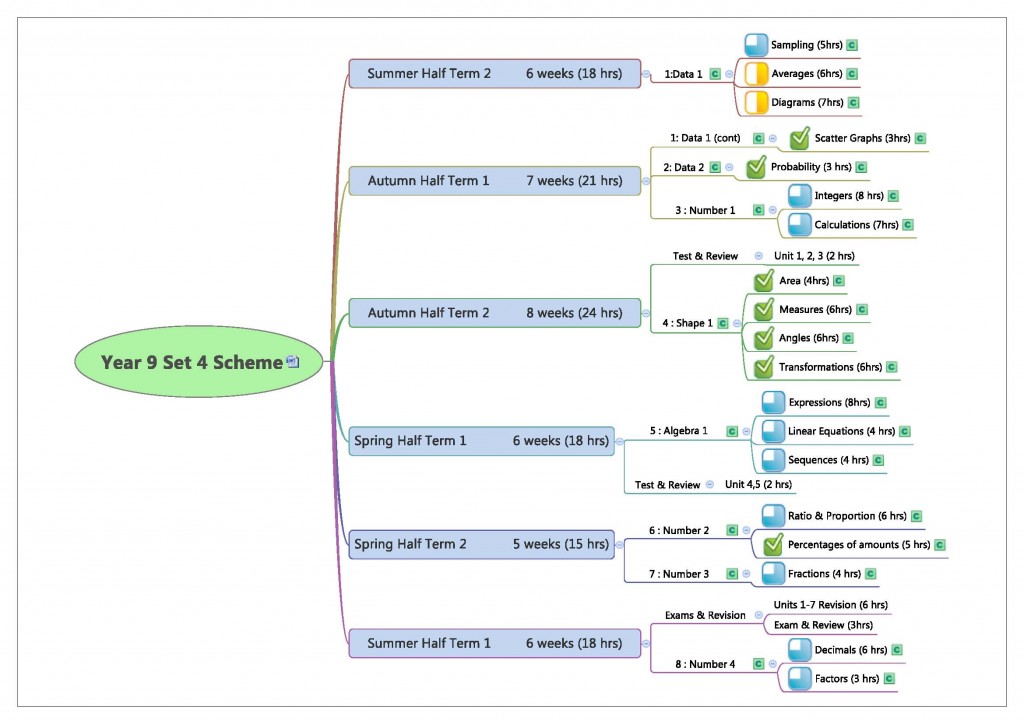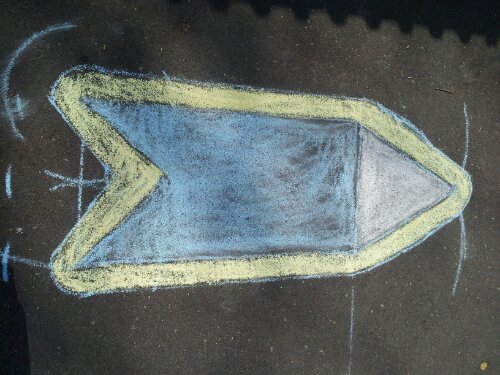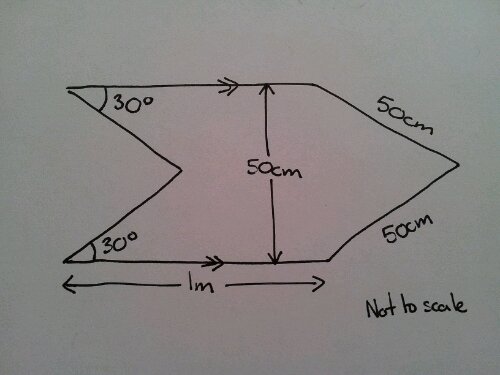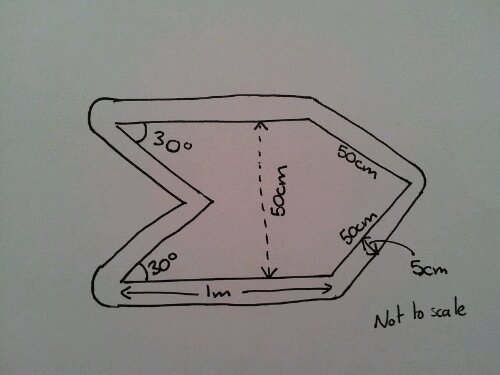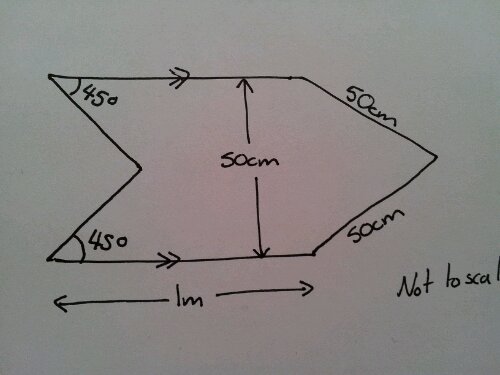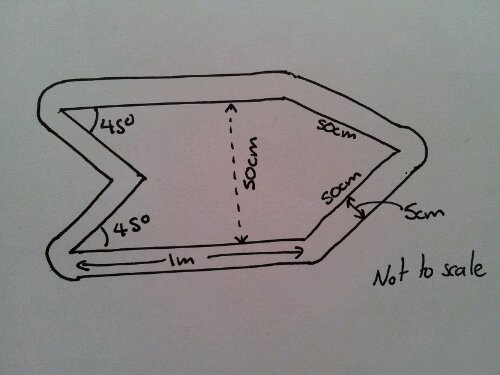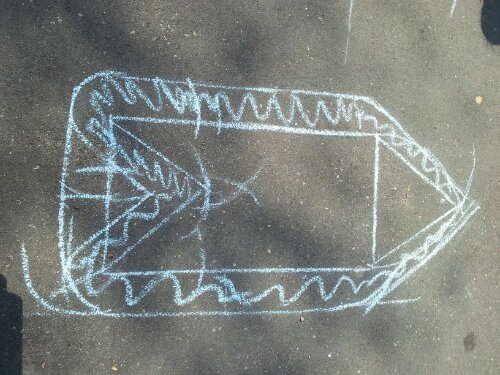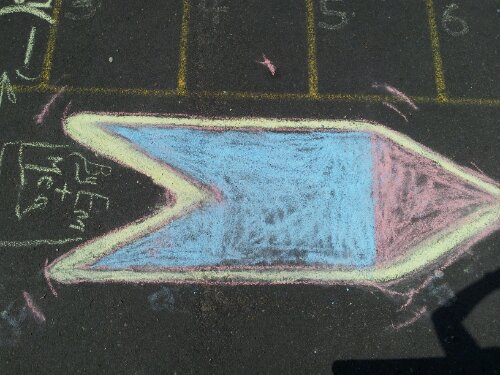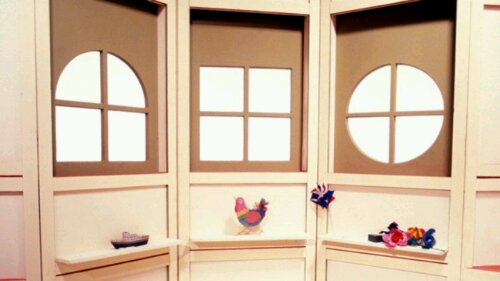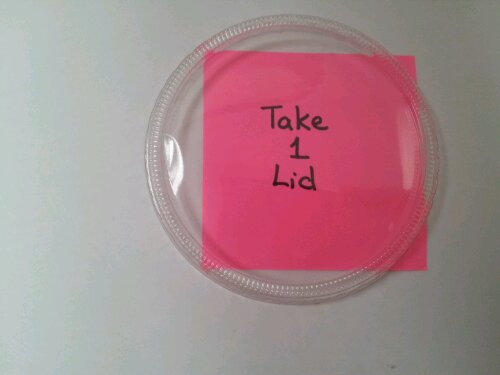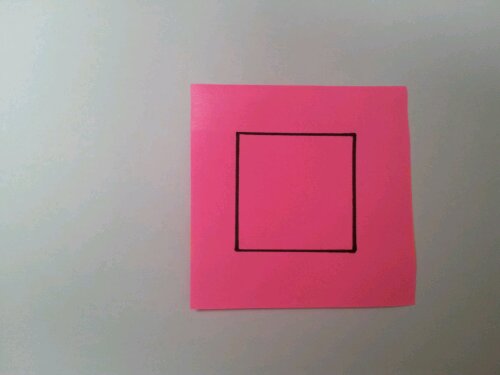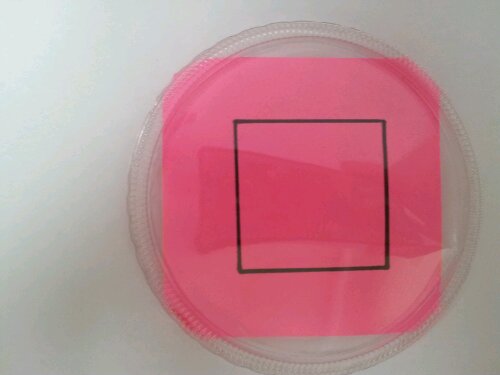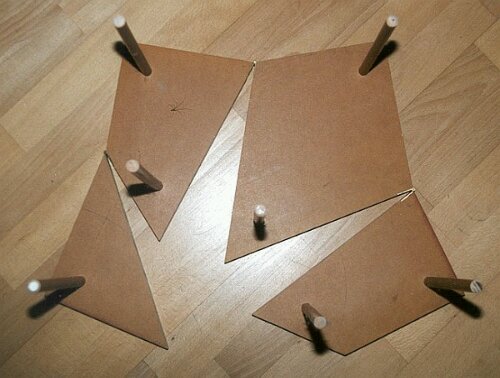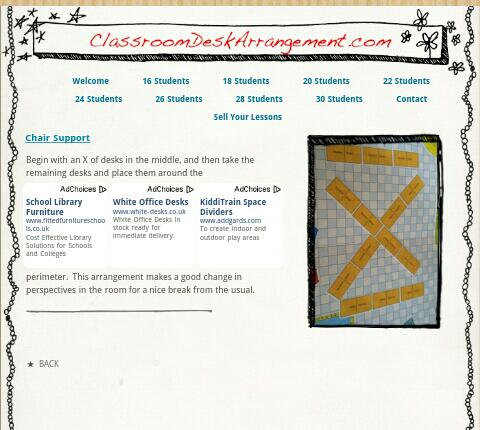The Sandpit is currently in Norfolk and on a daytrip to Pensthorpe. In the ‘Wild Rootz’ adventure playground there is a bridge – except it’s not.
It’s a damped ‘see-saw’, which you can run up and down. This is great fun – people run from one end to the other and try to reach the end before it goes down, with a bump.
However, you can also use the principle of moments to try and balance the bridge. It took a bit of running up and down and fine tuning (bouncing), but we got the bridge balanced with five members of the family, age range: 84, weight range: wouldn’t be polite to say.
If you know somewhere near you, with a similar piece of equipment, this would be a brilliant way to demonstrate moments with a Sixth Form class. Obviously the calculations would be slightly out, due to the effect of the dampers, but it’s still fun – and a lot safer than piling a whole class on a see-saw.

